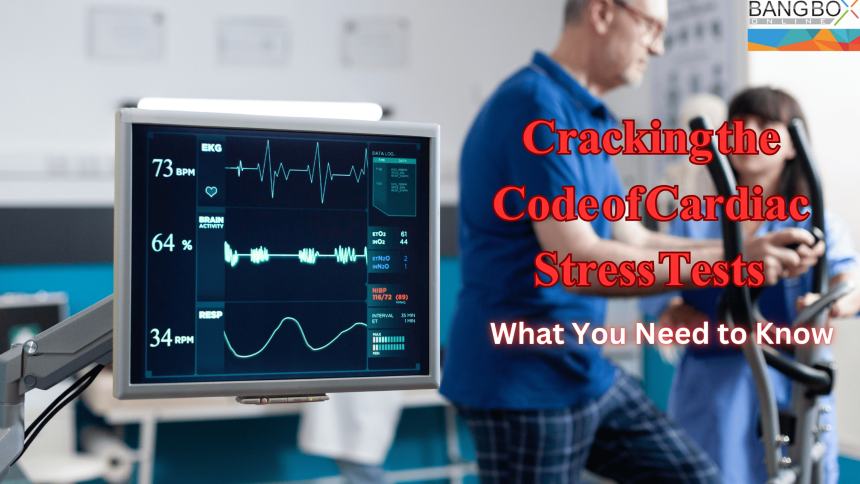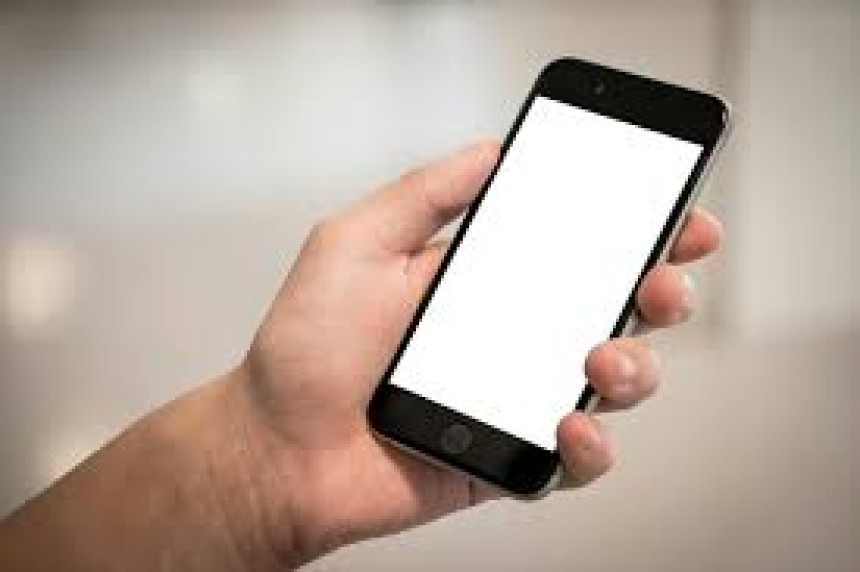
Cracking the Code of Cardiac Stress Tests: What You Need to Know
Everything you need to know! Here is detailed information for you about signs when you need cardiac stress test, what does cardiac stress test shows, nuclear cardiac stress test, cardiac stress test procedure, cardiac stress test Bruce Protocols, how to prepare for cardiac stress test, nuclear medicine for cardiac stress test and its side effects
It is a cardiological test that is often used for measuring the ability of your heart to respond to external stress. Another name of the cardiac stress test is the cardiopulmonary exercise test. This cardiac stress response is instigated by intravenous pharmacological or sometimes by exercise while in most situations the combination of both is used. The purpose of a cardiac stress test is to determine the wellness of your heart when it is pumping hard. It is the best way to find out about a few heart diseases when it is hard for your heart to pump blood into your body. This test is done by carrying an exercise on a stationary bicycle or on the treadmill as well while monitoring the heart with attached electrodes on your body, to check the working ability of the heart.
Signs You Need a Cardiac Stress Test
When you have the following signs and symptoms then you need to go for a stress test:
· Limited blood flow symptoms
· Pain in the chest
· During exercise you feel faint and dizziness
· Breath shortness
· Recent heart attack
· Diabetes and irregular heartbeat symptoms etc.
What Does a Cardiac Stress Test Show?
This cardiopulmonary stress test shows how effectively your heart is working in response to any physical activity. This test also known as the stress exercise test is used to make your heart pump faster and harder. This test may indicate any kind of issue or difficulty with blood flow within your heart. To find out the blockage in blood vessels then stress exercise test is designed to confirm the results. This stress test is not used for all heart problems therefore national organizations in the world give advice to doctors to not suggest routine stress tests to individuals who have no strong risk factor or symptoms of coronary artery disease.
The results of the cardiac stress test show that:
· You are at maximum high risk of heart or cardiac complication if your score is ≤ -11.
· You are at intermediate risk of cardiac complications if your test score is between -10 to 4.
· You are at very low risk if your test score is >5.
Cardiac Stress Test Procedure
The procedure for a cardiac stress test is:
1. First your vital signs are taken by the technician, which includes your blood pressure and heart rate at resting.
2. Now they attach electrodes to your arm and chest. Electrodes are sticky and small disks: later on, they connect those electrodes (stick to the chest and arm) to an EKG machine.
3. Now you walk on a stationary bicycle or it might be a treadmill walk at a low speed (easy pace).
4. With the passing of time the easy pace becomes more intense.
5. The exercise physiologists and the technician asked you at intervals, about your ease or how you feel while exercising.
6. The technicians end this test procedure after 10-15 minutes after maintaining the target heart rate to read your heart functions.
7. The target heart rate would be high as compared to the heart rate at rest.
Note: The technician or physiologist can end this stress test early if you ask them to stop in case of experiencing severe pain or other symptoms.
Cardiac Stress Test Bruce Protocol
In cardiology the Bruce protocol is an important standard clinical test, which is commonly used in treadmill exercise, is consists of multiple stages of exercise and each stage is 3 minutes. This test is basically done to assess your heart health as well as fitness level. The speed of the treadmill is elevated, every 3 minutes to enhance work output. There are a total of 7 such exercise stages, and only a very fit person can complete all these stages (i.e. athletes).
According to standard Bruce protocol:
Note: The time duration for each stage is 3 min
· Stage 1: Speed1.7 mph at grade 10%, (5.1 METS)
· Stage 2: It is 2.5 mph at grade 12%, (7.1 METS)
· Stage 3: 3.4 mph at grade 14%, (10.3 METS)
· Stage 4: 4.2 mph at grade 16%, (13.1 METS)
· Stage 5: 5.0 mph at grade 18%, (16 METS)
· Stage 6: 5.5 mph at grade 20%, (18 METS)
· Stage 7: 6 mph at grade 22%, (20 METS)
How to Prepare for a Cardiac Stress Test?
Treadmill stress testing is basically a safe method. To prepare for a cardiac exercise stress test you must:
· You should not eat food or anything before the test for several hours and in the case of a nuclear stress test you won’t be able to consume food until after the nuclear test.
· You should avoid energy drinks, coffee, and tea for 24 hours before this stress testing.
· You cannot use any tobacco products or smoke etc.
· Stop using certain medications on the test day.
· Wear comfortable and lightweight clothes with low-heeled or flat shoes.
· Don’t feel anxious and try to calm yourself because anxiety may affect your testing results.
Nuclear Cardiac Stress Test
You might be wondering what the nuclear cardiac stress test is. It is a type of stress test that is an advanced medical imaging method. It indicates how effectively the blood flows in your heart muscle, both during physical activity and at rest position using radioactive material. In your peripheral vein, doctors inject a radiotracer then Gamma radiations are emitted which are identified by a Gamma camera as the radiotracer decays. The nuclear cardiac stress test procedure is not significantly painful.
Cardiac Stress Test Nuclear Medicine
The nuclear medicine cardiac stress test is a method in which a radioactive substance (sestamibi or thallium) is injected by a provider into your bloodstream. After that, a special kind of camera captures the pictures of blood flow. The captured pictures are of the blood flow around and in the heart. There are two basic phases of this nuclear medicine test one is performed while you are resting and the second one is done after your exercise.
Nuclear Cardiac Stress Test Side Effects
Here is the list of some side effects of nuclear cardiac stress test:
· You might have a rare allergic reaction when the provider injects radioactive dye into this test
· Lower blood pressure
· Nausea
· Dizziness
· Rare heart attack
· Vomiting
· Pressure and pain in the neck, chest, left arm jaw, etc.
You must take at least one day's rest after this stress test. There are no greater side effects involved in nuclear cardiac stress tests.





